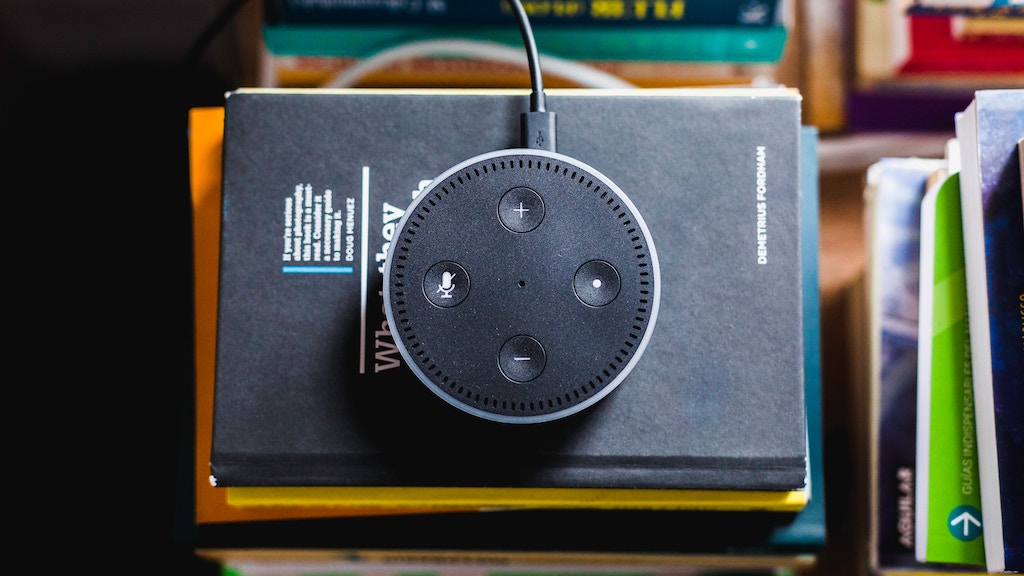
Talk, not text: the shift from typing to voice assistants
With 25 per cent of Australian searches now being done via voice, the search battlefield is shifting from typing to talking. For almost two decades, marketers have been trying to win the online search battle on a daily basis. That’s search in terms of consumers typing a request into Google, Safari or Bing, with marketers pouncing on that search to head them towards their product or service, instead of towards their competitors. The aim has been to have your brand on the first page of search results served up to a consumer, or even better still to be in the top three.
Many businesses have been built on search as a key marketing channel. But the search battle in the past five years has become expensive as more competitors enter the market, increasing the time required to spend on this task and the cost of search engine marketing. RedBalloon founder Naomi Simson summed this up in a statement on the group’s website. “When I started RedBalloon it cost five cents to acquire a customer. It now costs upwards of $20. And that’s the same for every business, regardless of their size or business acumen.”
In markets including China, India and Indonesia, most searches are done through talk rather than text
While increasingly competitive, search has become a well-known exercise for marketers. Over the past decades there has been a great increase in expertise and improvement in implementation, particularly through smart phones and devices. But with 25 per cent of Australian searches now being done via voice — through Google, Siri, Cortana and Alexa, et al — the search battlefield is shifting from typing to talking.
In markets including China, India and Indonesia, most searches are done through talk rather than text, according to a recent report by GlobalWebIndex. And as agencies We Are Social and Kepios highlighted at Sydney’s recent Vivid Festival, there are a number of reasons for that. One is the complexity of alphabets; it is easier to type using 26 letters in English than it is with the 8,000-plus glyphs in the standard Chinese character set. There are also literacy issues, making it easier for some to speak into a device than type into it. Plus the average person can speak almost four times faster than he or she can type. But it’s also the younger generation leading the transition to voice, and in Australia this is no different. More than 40 per cent of Australians aged 16-24 have used voice to search in the last month, as opposed to only 12 per cent of those aged 55-64.
The implications of this shift are wide ranging for marketers. No longer will the aim of search marketing be to have your brand appear on the first page of results. There is no first page of results in voice search. There’s just one response. And at this stage consumers are trusting that response; a recent survey by Digitas in the US found that 85 per cent of people had on at least one occasion purchased the voice assistant’s first option instead of the brand they specifically requested.
A further consideration for marketers is found in everyday retailing, where most people searching via voice do so by category, not by brand. “Hey Google, please add bread to my shopping list.” Which bread will Google add? What brand? What sized loaf? Wholemeal, rye, multigrain or white bread? Asking Alexa to add batteries to your Amazon shopping list poses an even more interesting question, as Amazon sells major brands such as Energizer as well as its own brand, Amazon Basic. The fact that five of the six top-selling battery brands on Amazon at the moment are the Amazon Basic brand is no doubt a testament to Alexa.
In these cases, the challenge for marketers will be to understand how to influence the decisions of these voice assistants. Brands will need to start marketing to the devices’ algorithms as well as to consumers.
There are also many opportunities for brand marketers who want to make the most of this shift to voice search. The voice assistant’s AI capabilities mean that it can analyse far more information around a multitude of brands before making a choice. So there’s an opportunity for lesser brands to be part of the consideration set when a generic category search is done.
But the bigger opportunity is for brands to be top of mind when consumers are doing their voice search. For example, airline marketers would much rather a query like “Hey Siri, please get me a quote for a Virgin flight from Sydney to Melbourne next Wednesday” than “Hey Siri, please find me three options for flights from Sydney to Melbourne next Wednesday”. Unlocking the power of branding in consumers’ minds will become even more important.
You can listen to Andrew Baxter talk about digital marketing and privacy on The Future, This Week.
This article was originally published in The Australian’s The Deal Magazine. Read the original article.
Note: rights to this article belong to the original publisher, The Australian’s The Deal Magazine. please contact them for permission to republish.
Thought leader, marketer and board director, Andrew Baxter is the Senior Advisor at KPMG's entrepreneurial Customer, Brand & Marketing Advisory business, a Senior Advisor at BGH Capital, as well as the Adjunct Professor of Marketing at the University of Sydney, and a Non-Executive Director at Australian Pork and Sydney Symphony Orchestra.
Share
We believe in open and honest access to knowledge. We use a Creative Commons Attribution NoDerivatives licence for our articles and podcasts, so you can republish them for free, online or in print.







